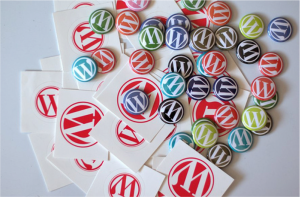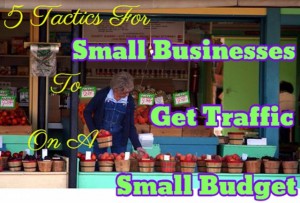It’s no secret that it’s a tough time for brick and mortar stores right now. In March we saw the largest one-month drop in US retail sales on record and while there is hope that some businesses will be able to return to trading soon, it is likely that retailers will feel the effects of the pandemic for some time yet. The outlook for mall-based stores in particular is worrying with surveys suggesting that consumers will be particularly wary about returning to malls.
If retailers ever needed a reminder about the importance of having an online presence, this is it. Research shows that shoppers are spending 30% more online throughout the pandemic and it is reasonable to assume that this change in consumer behaviour will continue even after lockdown ends. Retailers with a solid online presence have been able to continue to sell throughout the lockdown and in some cases, have seen a boost in sales. The most highly publicised example of this is Amazon – consumer spending on the marketplace was up 35% in March from the same period last year.
It’s clear that retailers need to strengthen their online presence in order to survive in this new world so what’s the best way to go about it?
Online marketplaces
The fastest way of getting your products in front of online shoppers is through an online marketplace such as Ebay, Etsy or Amazon. Through an online marketplace you can gain access to a ready made audience of shoppers who are searching for products just like yours. And marketplaces are not just for retailers who don’t have a website. Retailers who already have online stores can benefit from an additional source of revenue and exposure by listing their products on an online marketplace.
The advantages of selling on an online marketplace
Online marketplaces offer a number of benefits to retailers. These include:
- Convenience: As a general rule, it’s far quicker to set up an account and start selling your products on an online marketplace than it is to create your own website to sell on. To sell through your own site, you will need to spend time and money creating and maintaining your site and then investing in advertising and marketing to drive traffic to your site. Unless you have a well known brand, this can take a lot of time and investment. On the other hand, you can get selling on an online marketplace in a matter of days and all the site maintenance is handled by the marketplace.
- Ready-made customer base: When you sell on a marketplace, the marketplace has done all the hard work for you when it comes to attracting shoppers. This means you get access to a huge customer base with little effort – Amazon reported a staggering 2.01 billion visits to Amazon.com in February. Marketplaces are also a great way to test your products with customers in different countries.
- Customer trust: By selling on an online marketplace you benefit from the trust and loyalty it has created with consumers. This can be a huge advantage for smaller retailers who don’t yet have a lot of brand recognition. According to surveys, 98% of consumers are more likely to buy products from Amazon than other e-commerce sites. It would take a retailer a lot of time and investment to generate the same kind of loyalty and consumer trust on its own website.
What you need to consider before selling on an online marketplace
Before making the move to start selling on an online marketplace, there are a few things to consider, namely which is the right marketplace for your brand. Amazon is known for having a huge customer base and highly sophisticated software but it’s not the only option. If you specialise in handmade goods then you may want to consider Etsy or if having a wide international reach is a focus for you then Fruugo could be an option. There are also a number of marketplaces designed for specific sectors such as the Game marketplace, which covers gaming, media, computer hardware or toys.
How will I fulfil my orders?
If you are already fulfilling orders for a website then you may well be able to use your existing process to fulfil orders on the marketplace. But what if you don’t currently have an online store or you’re not fulfilling many orders?
One option you could consider is working with a fulfilment centre to handle the delivery to customers. Some fulfilment centres will also handle customer returns for you too. If you decide to sell on Amazon, then you should also consider Amazon FBA (fulfilled by Amazon). When you sign up to this programme, Amazon will store your products, manage the shipping and returns and handle the customer service. This can be incredibly useful for small retailers who don’t yet have fulfilment processes in place or for those who need additional logistical support. But of course it comes with a cost which leads us to…
What fees will I have to pay?
Every marketplace has a slightly different fee structure. If you decide to sell via Amazon FBA, you will need to pay a range of different fees including sales fees, FBA fees and storage fees. Most marketplaces will also charge additional fees for advertising your products on the site. It is important that you understand exactly what fees you will end up paying so you can ensure that you still make a profit when selling your product through the marketplace.
Final thoughts
Online marketplaces allow you to get your products in front of a huge, ready-made audience and there is no better time to take advantage of this fantastic opportunity.
Digital & Social Articles on Business 2 Community
(104)
Report Post






